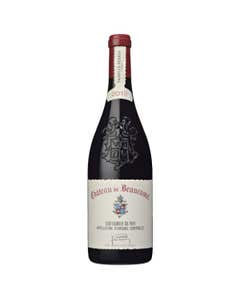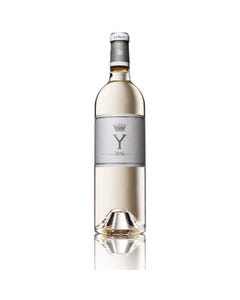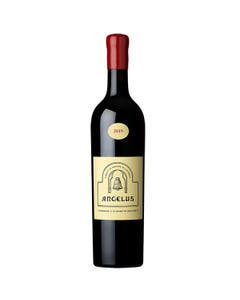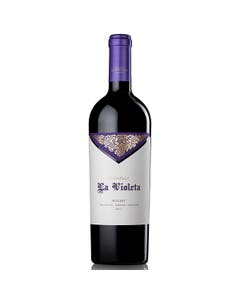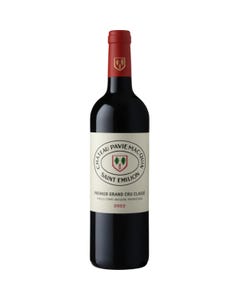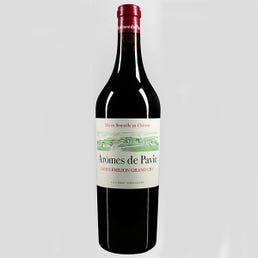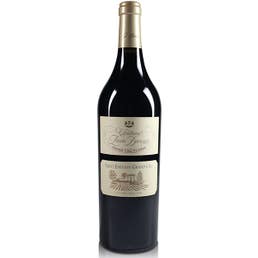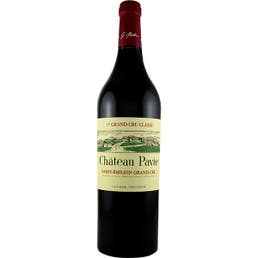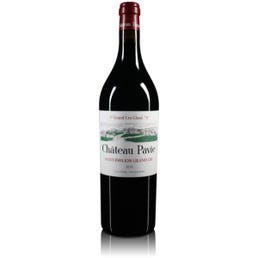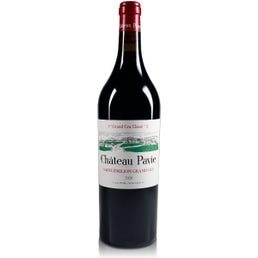Château Pavie Decesse 2020
Other Vintages We Offer:
• Domaine: Château Pavie Decesse
• Appellation: Saint-Emilion
• Classification: Grand Cru Classé
• Origin: Right Bank, Bordeaux, France
Many consider Château Pavie-Decesse to be in the shadow of its sister estate – the illustrious Saint-Émilion Premier Grand Crus Classé A property, Château Pavie. Though there is significantly more press about the latter, the former Grand Crus Classes vineyard is not to be disregarded. Château Pavie-Decesse hosts enviable limestone terroir that is considered to be the best in the entire Right Bank. Wines from Château Pavie-Decesse are opulent, sensual, and full of freshness with quality almost equal to Château Pavie – yet they are still being sold for a fraction of the cost.
The history of Château Pavie-Decesse is inextricably linked with Château Pavie because they were a part of the same vineyard. In the 4th Century, the Romans saw the potential of the limestone terroir and knew it would be the perfect spot for viticulture. Both estates received their names from the peach orchards that grew around the property as “pavie” translates to an older French word “peach.” The vineyards were separated during the same year as the 1855 Classification by Ferdinand Bouffard. And thus, Château Pavie-Decesse was born.
Fortunately enough, Château Pavie-Decesse only changed hands between a handful of families until it was purchased by Gérard and Chantal Perse in 1997. This power couple had begun to make a name for themselves in the exclusive and tightly knit circles of Saint-Émilion by overseeing Château Monbousquet in addition to Château Pavie-Decesse. They were new to the wine trade in Saint-Émilion and it was initially challenging for them to make their way as owners of Grand Crus estates. But after their successes with Château Pavie and Château Pavie-Decesse, they finally earned a seat at the table. The Perses ended up acquiring Château Pavie in 1998 and the two properties were under the same ownership once more – one big happy family of vines.
Gérard Perse invested a significant amount of money in renovating the cellar and restoring it to Ferdinand Bouffard’s original design. The wooden vinification vats used in the new facility are exactly the same as the ones at Château Pavie. In 2002, Château Pavie-Decesse ceded 6 hectares of vines to its sister property, Château Pavie at Gérard Perse’s behest. The 3.5-hectare vineyard is planted with 90% Merlot and 10% Cabernet Franc. The vines are 40 years old on average – with some vines even older. At Château Pavie-Decesse, they prefer to keep yields low to increase concentration of the wine. Production here is significantly smaller than the sister property, and generally speaking 1,500 cases are made each year.
The wines at Château Pavie-Decesse have increased dramatically in quality since the 2000 vintage. Unlike their more concentrated counterparts at Château Pavie, the wines at Château Pavie-Decesse can be enjoyed a bit younger after two to three hours of decanting. They are softer and more approachable – largely due to the absence of Cabernet Sauvignon, which is prevalent in the wines of Château Pavie. With all that in mind, in very strong vintages it is recommended that the wines of Château Pavie-Decesse be aged for at least 10-12 years before it shows off its colors.
Tasting Notes
"The 2020 Pavie Decesse is a blend of 88% Merlot and 12% Cabernet Franc, aging in French oak barrels, 80% new. It has an alcohol of 14.81% and a pH of 3.52. Deep purple-black colored, notions of baked blackberries, preserved plums and black cherry compote come barreling out of the glass, followed by suggestions of dark chocolate, licorice and Indian spices, with a fragrant hint of lavender. The medium to full-bodied palate is jam-packed with rich, spicy black fruits, supported by firm yet beautifully plush tannins and a lively backbone, finishing long with lots of emerging earthy nuances." - Lisa Perrotti-Brown, The Wine Advocate (5/20/2021) Ratings: 95-97, Drink: 2026-2052
"The 2020 Pavie Decesse was picked on September 23, the same day as Perse’s Bellevue-Mondotte, at just 17hl/ha, and matured in 80% new oak, the final blend to be made at bottling. This is rich and opulent on the nose, which delivers intense black cherries, raspberry coulis, blueberry and blood orange scents; the new oak is quite prominent. The palate is medium-bodied with firm tannins, though I find this more nuanced and delineated compared to the Bellevue-Mondotte. More terroir is articulated toward the persistent finish, which displays subtle black pepper and clove notes. This actually challenges Pavie for my affections." - Neal Martin, Vinous (5/2021), Rating: 94-96, Drink: 2028-2055
"A blend of 88% Merlot and 12% Cabernet Franc, the 2020 Château Pavie Decesse comes from the upper plateau, just above Château Pavie, and the soils here are more limestone based, with just a thin layer of clay over the bedrock, which tends to produce a more elegant, ethereal wine. Nevertheless, this brings serious richness and depth as well as full-bodied aromas and flavors of black cherries, currants, bouquet garni, crushed violets, and chalky minerality. Just stunning in every way, it has an expansive texture, the classic purity and elegance this cuvée always shows, and a monster of a finish." - Jeb Dunnuck (5/23/2021), Rating: 96-98
| Stock Status | In Stock |
|---|---|
| Appellation | Saint-Emilion |
| Vintage | 2020 |
| Brand | Château Pavie Decesse |
| Shipping Weight | 3.000000 |



